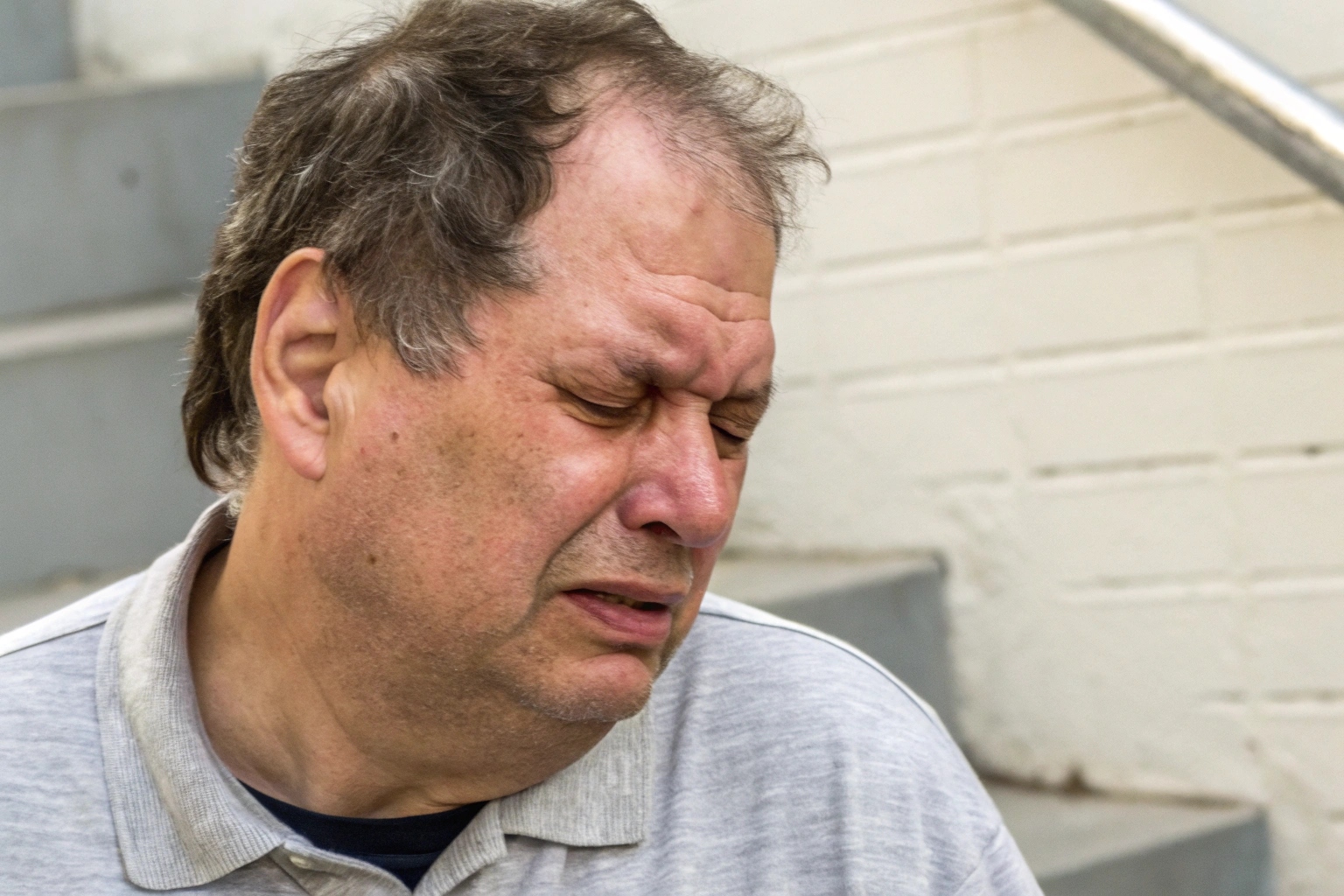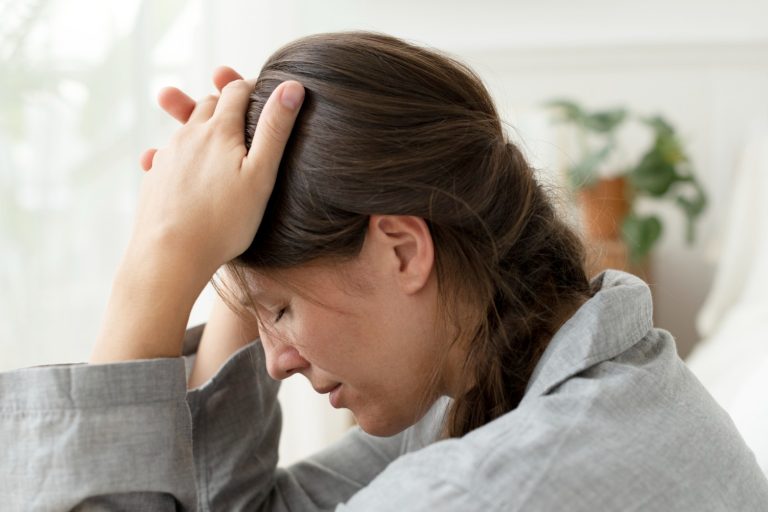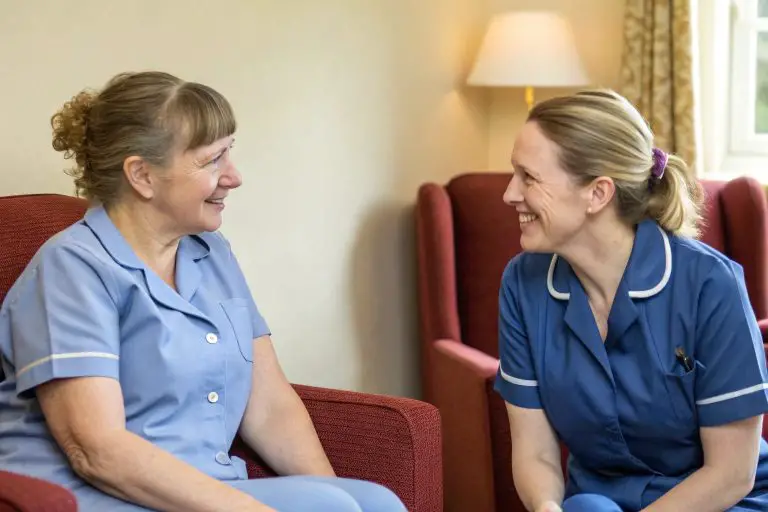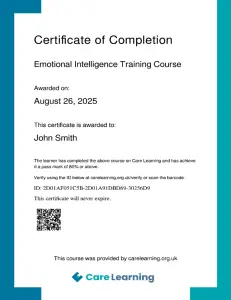A stroke is a serious, life-threatening medical condition that occurs when the blood supply to part of the brain is cut off. In the UK, strokes are one of the leading causes of disability and death, but with the right knowledge and quick action, lives can be saved and long-term effects reduced.
This free stroke awareness online course equips health and social care professionals with essential knowledge about recognising, responding to, and supporting individuals affected by stroke. It also highlights the importance of prevention, rehabilitation, and ongoing support for both survivors and their families.
Why Take This eLearning Course?
Stroke awareness is vital in health and social care, where early recognition and intervention can dramatically improve outcomes. Whether you’re a carer, healthcare worker, or community professional, this course will help you feel confident in identifying symptoms, acting quickly, and providing person-centred support.
Here’s why this course is for you:
- Improve your confidence in recognising symptoms: Learn how to identify the signs of stroke using the FAST and BEFAST methods.
- Understand risk factors and prevention: Explore lifestyle and medical factors that increase the risk of stroke and how to reduce them.
- Support recovery and rehabilitation: Gain insights into therapies and the role of multidisciplinary teams in helping survivors regain independence.
- Help families and caregivers: Understand how to provide practical and emotional support to those affected by stroke.
Stroke Awareness Course Content Outline
Module 1: Introduction to Stroke
Learners will define what a stroke is and explore its impact on the brain. They will identify the different types of strokes—ischaemic, haemorrhagic, and transient ischaemic attack (TIA)—and understand why stroke awareness is essential for improving public health outcomes.
Module 2: Recognising Stroke Symptoms
This module helps learners recognise the common signs and symptoms of a stroke. They will understand the importance of acting quickly and learn how to apply the FAST and BEFAST acronyms to identify and respond to stroke symptoms effectively.
Module 3: Understanding Stroke Risk Factors
Learners will review the key risk factors for strokes, distinguishing between modifiable and non-modifiable risks. They will explore how lifestyle changes, such as diet, exercise, and smoking cessation, alongside managing health conditions like high blood pressure and diabetes, can significantly reduce stroke risks.
Module 4: Responding to a Stroke
This module outlines the immediate steps to take when a stroke is suspected and highlights the importance of urgent medical treatment. Learners will also review diagnostic methods, such as brain scans and blood tests, and consider treatment options available for different types of strokes.
Module 5: Supporting Stroke Survivors
Learners will explore the physical, emotional, and cognitive effects of a stroke. They will learn how to provide person-centred care and understand the role of rehabilitation, including physical and occupational therapy, as well as the importance of multidisciplinary teamwork in recovery.
Module 6: Preventing Further Strokes
This module focuses on stroke prevention after an initial event. Learners will review recommended lifestyle changes, the importance of managing underlying health conditions, and resources available to support individuals in reducing the risk of recurrent strokes.
Module 7: Supporting Families and Caregivers
Learners will examine the emotional and practical challenges faced by families and caregivers. They will identify strategies to help stroke survivors adapt to daily life and ensure that families and carers receive the support they need.
Learning Outcomes
By the end of this course, you will be able to:
- Define what a stroke is and explain its impact on the brain.
- Identify the different types of strokes, including ischaemic, haemorrhagic, and transient ischaemic attacks (TIAs).
- Recognise stroke symptoms and understand the importance of quick action.
- Outline immediate responses to suspected strokes and the role of emergency treatment.
- Identify risk factors and strategies for preventing strokes.
- Provide person-centred care and support for stroke survivors.
- Explain the importance of rehabilitation and multidisciplinary care.
- Support families and caregivers in adapting to life after a stroke.
Target Audience
This course is suitable for:
- Carers and support workers.
- Health and social care professionals.
- Volunteers and community workers.
- Families and caregivers of stroke survivors.
- Anyone wanting to improve their awareness of stroke prevention and care.
No prior medical knowledge is required — the course is designed to be clear, practical, and accessible to all.
FAQ
What does the course cover?
The course covers stroke awareness from recognising symptoms to prevention, treatment, rehabilitation, and family support.
Can I apply what I learn immediately?
Yes. You will gain practical tools and knowledge that can be applied straight away in health and social care settings.
How long will it take?
The course is self-paced, with most learners completing it in 1 hour, depending on their schedule.
Will I get a certificate?
Yes. A certificate is awarded upon successful completion of the course.
Is this relevant to UK social care work?
Yes. The course is aligned with UK health and social care frameworks, including NHS and Stroke Association guidance.
Stroke awareness saves lives. By completing this course, you will gain the confidence to recognise warning signs, respond quickly, and provide ongoing support that makes a real difference.
👉 Enrol today and play your part in improving outcomes for stroke survivors and their families.
You must log in and have started this course to submit a review.






